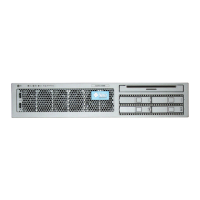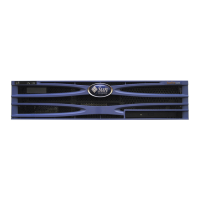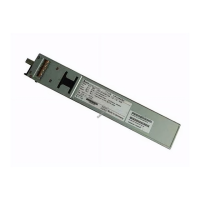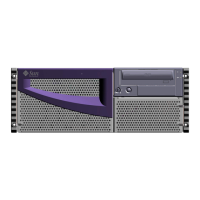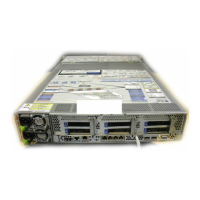Chapter 4 Basic Administrative Tasks 49
As long as a failed component is electrically dormant (not causing random bus
errors or signal noise, for example), the system reboots automatically and resumes
operation while a service call is made.
Once a failed or disabled device is replaced with a new one, the OpenBoot firmware
automatically modifies the status of the device upon reboot.
Note – ASR is not enabled until you activate it. See “To Enable ASR” on page 50.
Autoboot Options
The auto-boot? setting controls whether or not the firmware automatically boots
the operating system after each reset. The default setting is true.
The auto-boot-on-error? setting controls whether the system attempts a
degraded boot when a subsystem failure is detected. The default setting for auto-
boot-on-error? is false. Both the auto-boot? and auto-boot-on-error?
settings must be set to true to enable an automatic degraded boot.
▼ To Enable Automatic Degraded Boot
1. Obtain the ok prompt.
See “To Obtain the ok Prompt” on page 30.
2. Type:
Note – The system does not attempt a degraded boot in response to any fatal non-
recoverable error, even if degraded booting is enabled. For examples of fatal non-
recoverable errors, see “Error Handling Summary” on page 49.
Error Handling Summary
Error handling during the power-on sequence falls into one of the following three
cases:
ok setenv auto-boot? true
ok setenv auto-boot-on-error? true
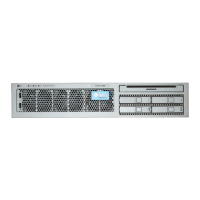
